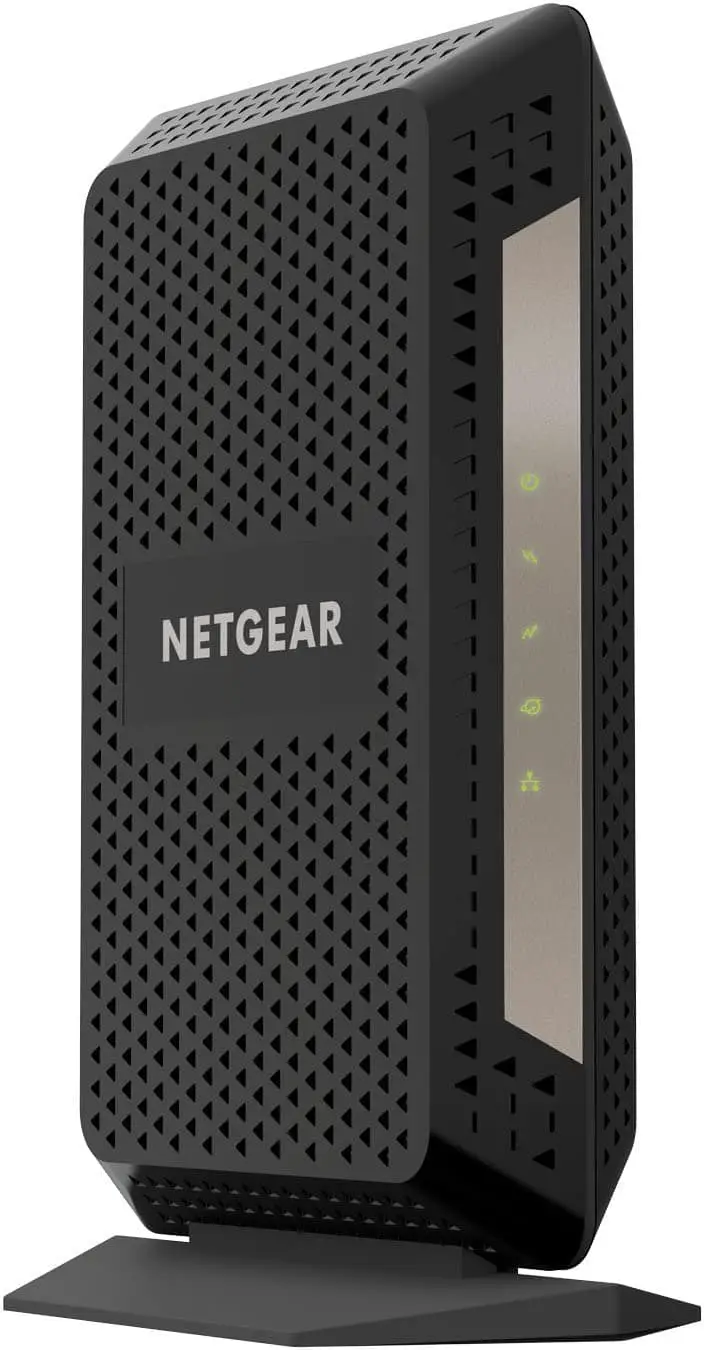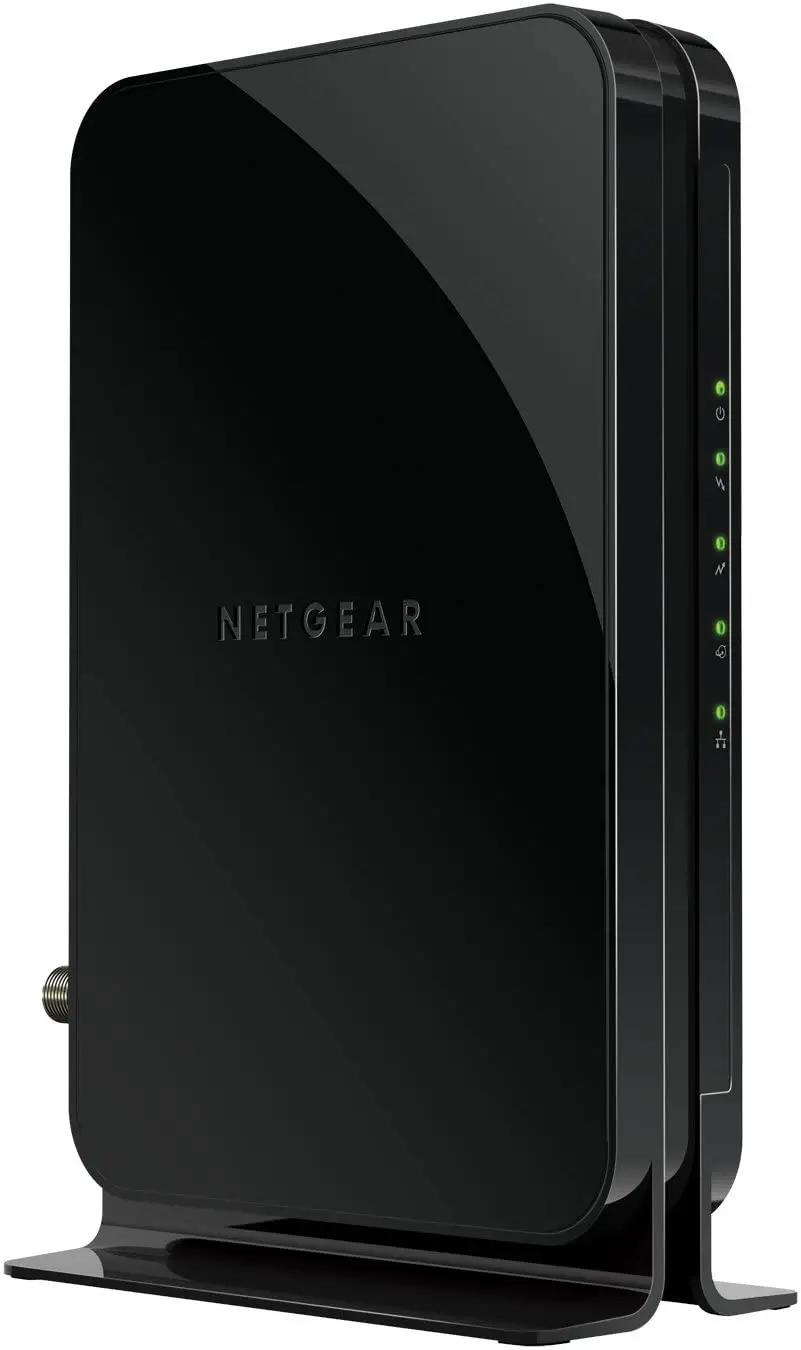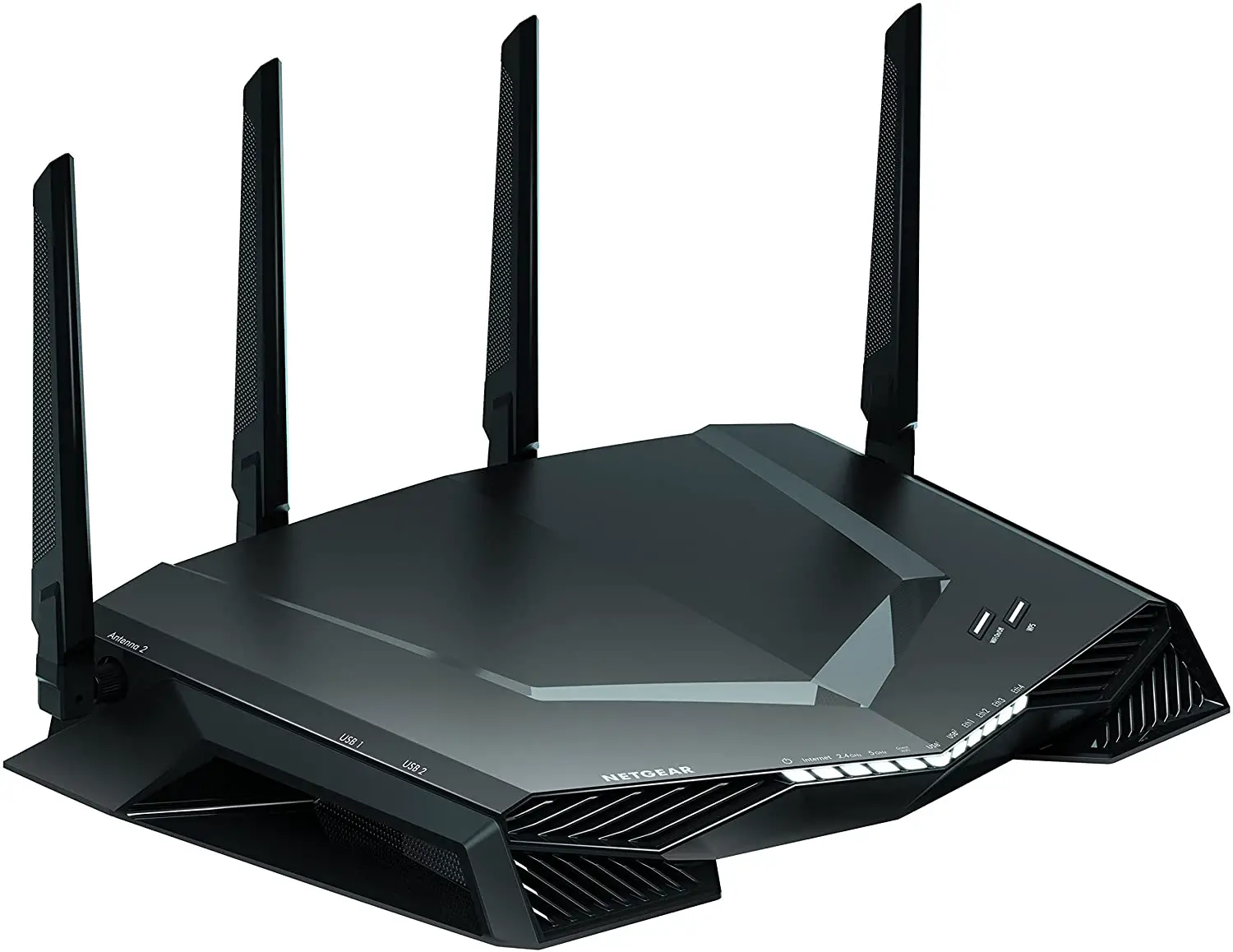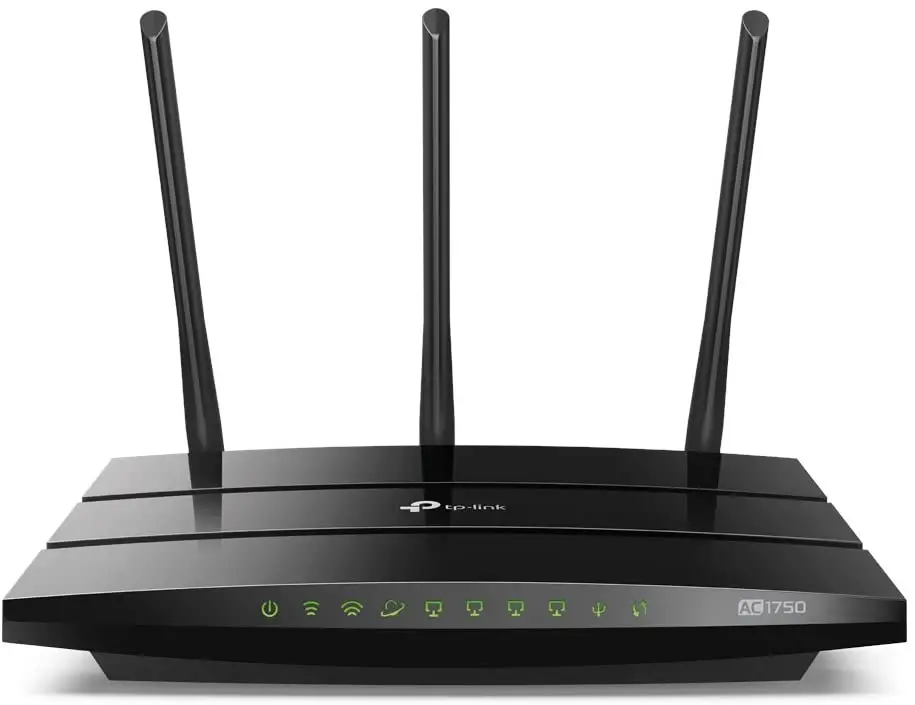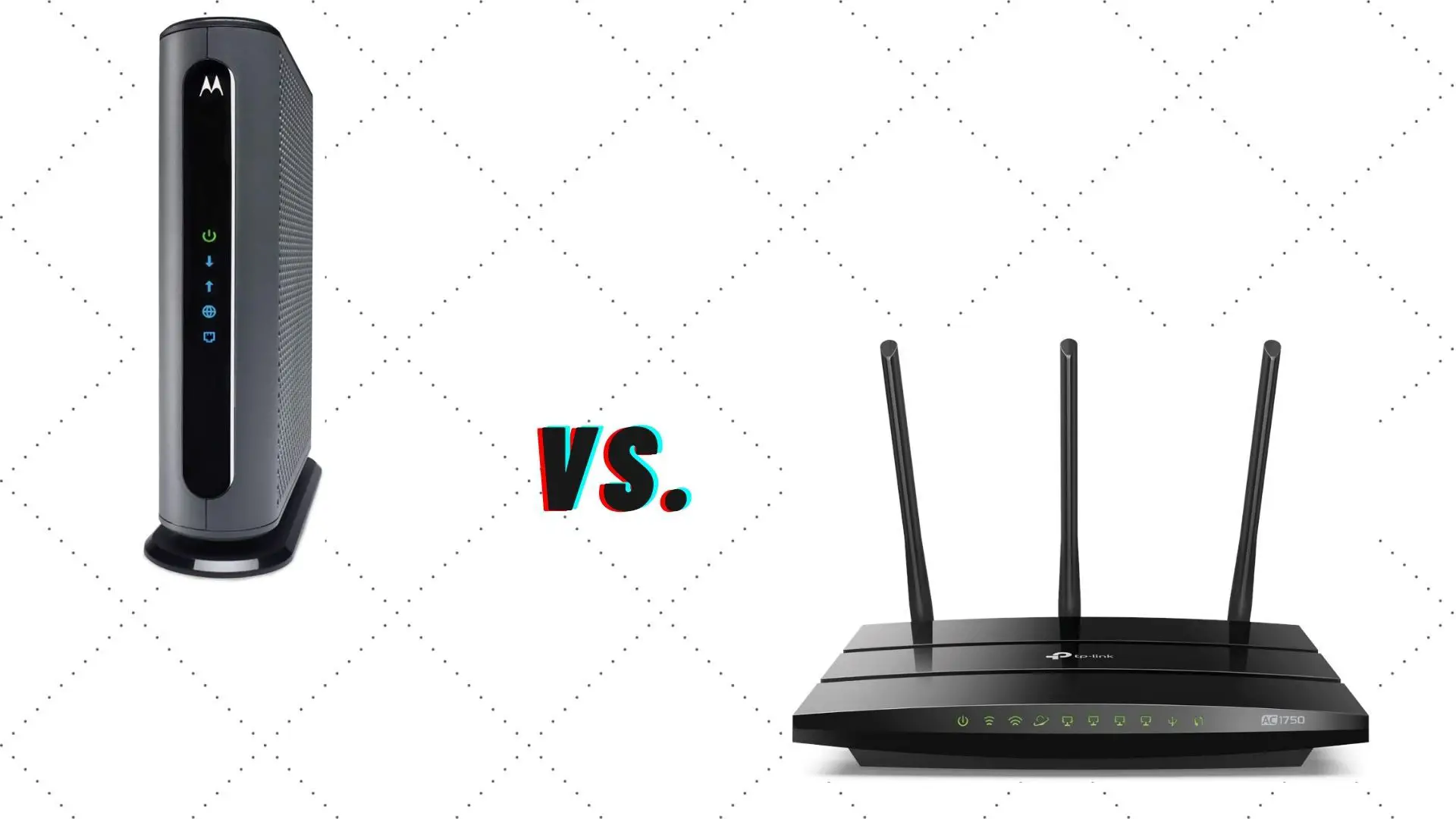
When it comes to modem vs. router, there are a few things you need to know before deciding which one is right for your home or office.
There are some key differences in function, so it is essential to know the answer before making any purchases. This post will give you an overview of what a modem vs. router is, how they work together, and which are best for different purposes.
What is a Modem?
A modem is a device that receives the data from your computer and then takes it in digital mode to communicate with them. It allows your device to transmit and receive data via the internet.
Older Modems connect to the internet with their phones and use cable or fiber-optic connections. When choosing a modem, you need to consider the capacity of modem speed.
You also have a modem that can connect via Wi-Fi or Ethernet ports. Whether it is compatible with your ISP service since a modem is a physical device that connects your computer to the internet, you need it no matter what type of router or wireless access point you use.
If the modem supports both Ethernet and USB connections, then it's more flexible for connecting devices such as smartphones or smart TVs than other models on this list.
An external hard drive can also be connected directly to the modem to provide shared storage space for all connected devices. As a result, large files may be transferred between personal computers in a home office setup without clogging network bandwidth.
PROS
CONS
What is a Router?
A router is a network device that distributes/carries your internet link or route to the suitable device in your network by setting all your devices an IP address. This ensures that while you open a website on your computer, the device knows which modem to connect you with, or if you are on your phone, the router will know that.
When choosing a router, you need to remember that routers come with different speeds and connection types. You should also ensure that the router is compatible with your ISP service.
Routers are available in wired or wireless models for home use. Some have built-in Wi-Fi capabilities, while others do not.
Router speed may vary depending on the number of devices connected at once, signal strength, distance from other transmitters, building materials between them, etc.
It's essential to know how much bandwidth you need because if more than one device simultaneously needs access to the internet, it can overwhelm your network line capacity. Slow performance or connectivity issues may happen.
PROS
CONS
Modem vs. Router
Design
Modem types tend to look like a small black, thin square box. There are often 2 and 4 antennas; however, not every modem is equipped with an external antenna. Modems measure from six and nine inches tall to six to 11 inches long and between two and three inches high.
The images above will give you an idea of what modems look like to you. Lights/LEDs are typically installed around the front of modems so you can see what's going on at a glance. One light indicates that the device is getting power; another shows that it receives your internet service provider data. A third suggests that the modem is transmitting data properly.
While the router got multiple ports in the back to plug devices into, such as computers or printers, it mostly has multiple antennas depending on its design, brand, and signal range. It is crucial to know the difference between a router and modem to distinguish their functions and use. This round goes to the router.
Function
Modem and routers are both devices that allow you to access the internet. A modem takes in an Internet signal from your provider and then converts it into a connection that you can use on all of your computer devices. Routers function similarly, but they do so for multiple connections at once instead of just one singular line.
The modem will have a single ethernet port which you need to connect with either a cable or DSL modem depending on what type of internet service you have available. The router has several ports where you can connect multiple devices at any given time without interfering with each other's speed performance or connectivity issues. We voted for the router in this round.
Speed
Speed is probably the essential factor to consider when you are choosing between one or the other. Routers have more speed capabilities than modems do, so if your internet requires faster speeds for optimal performance, then a router is likely what you will need. Therefore, in this round, the router wins.
Storage
Modems have a minimal amount of storage capabilities, while routers do not. So, if you need to store large amounts of data on your modem or at least access them from other devices in the home network, then go with a router. This round also goes to the router.
Mobility
The modem is stationary and cannot move around, whereas the router can be placed anywhere with an available ethernet port, making it more mobile than modems. So, in this round, we voted for the router.
Security
If you are looking for the best security, then a modem will be your best bet. Modems have security features built-in that most routers do not, so they can block malware and viruses from ever reaching the devices on their network. Therefore, this round, the modem wins.
Standout Features
We picked two modems and two routers in terms of their specifications, pros, and cons.
We chose the NETGEAR Cable Modem CM1000 and NETGEAR Cable Modem CM500 due to their compatibility with all cable providers, including Xfinity by Comcast, Spectrum, and Cox. It means that these modems are going to work with most internet providers.
We selected the Netgear Nighthawk Pro Gaming XR500 and TP-Link Archer A7 for routers because of their ability to establish a robust wireless connection. They also have security features to keep your devices safe from online threats.
Routers Firewall
Routers offer better security because of their firewall protection feature. Firewalls aid in the prevention of internet-borne, port-based assaults. By blocking harmful traffic from leaving your network, firewalls may also prevent infected devices inside your network from attacking other computers.
All routers provide basic firewall security, although many have more advanced firewall capabilities.
Modems are WAN Supported
A wide area network is an extensive information network not restricted to a single place. Through a WAN provider, WANs may enable communication, information exchange, and much more between devices all over the globe.
Final Verdict
Routers have better security features than modems. Routers offer wireless network connections, whereas modems do not. Modem tends to cost lower and include fewer additional features that routers might possess.
Therefore, it all comes down to your requirements and preference because both of these devices will provide similar results in delivering high-speed internet connectivity.
Still, they each come with their own set of unique benefits. Now that you know the difference between modem vs. router make sure you choose wisely! If possible, test them out before buying.
The router can move around with ease, allowing for more flexibility in where your network begins to spread throughout the house. However, if your internet requires faster speeds for optimal performance, then a router is likely what you will need.
The modem is best for you if:
- Your home is smaller. Therefore you don't need as many devices connected at the same time.
- You're on a tight budget or only need basic internet access.
- A modem with wireless capability isn't required.
- The security features on your modem are suitable for your needs.
A router is best for you if:
- You'll need a modem and router combination.
- Your home is larger, necessitating the simultaneous connection of additional gadgets.
- You need a modem that can connect to the internet wirelessly.
- You're looking for a modem with more security features.
